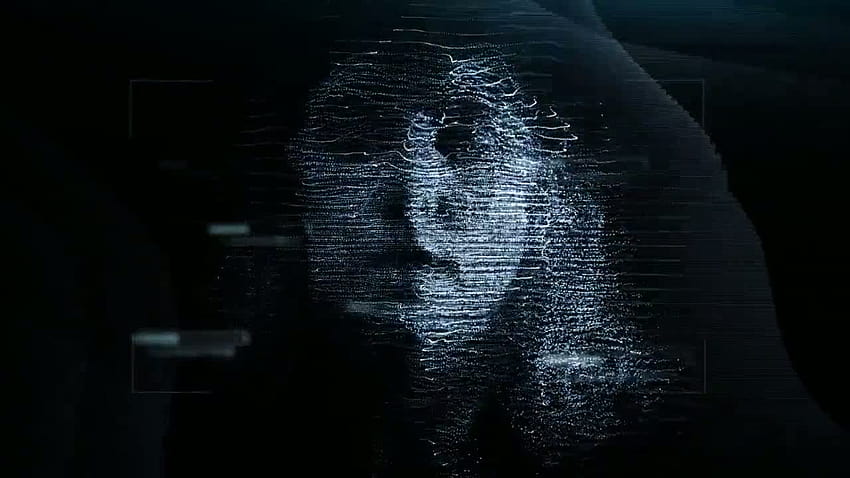
In today’s digital landscape, accessibility is more important than ever. People from diverse backgrounds and with varying abilities consume content across multiple platforms, highlighting the need for inclusive communication methods. One key tool that has emerged to bridge the gap in accessibility is the auto subtitle generator. This technology not only enhances the viewing experience for those who are hearing impaired but also caters to viewers in international contexts who may benefit from reading subtitles in their native language.
The advancements in auto captioning and subtitle generation are transforming how we engage with video content. By utilizing sophisticated algorithms and machine learning, modern auto caption generators can accurately transcribe spoken dialogue in real time, making it easier for creators to automatically generate captions for their videos. As we look to the future, the potential of these tools promises to unlock new opportunities for content creators, making their work more accessible and ensuring that no one is left behind in the digital conversation.
The Rise of Auto Subtitle Technology
The demand for accessibility in media content has led to significant advancements in auto subtitle technology. As digital platforms expand, the need for inclusive communication grows. Auto captions and subtitles play a crucial role in ensuring that everyone, regardless of hearing ability, can engage with audio-visual content. This technology is no longer just a luxury; it is becoming an essential feature for all types of media, from educational videos to entertainment and social media.
Recent innovations in artificial intelligence and machine learning have propelled the accuracy and efficiency of auto subtitle generators. These tools can now analyze audio in real time, delivering high-quality subtitles that capture speech nuances and contextual meaning. This development has made it easier for creators to produce content that is both engaging and accessible, ultimately broadening their audience reach. With the integration of these technologies, the barriers that once restricted access for the hearing impaired are gradually being dismantled.
As more businesses and content creators recognize the importance of accessibility, the market for auto caption generators is expected to expand even further. This rise in demand is pushing technology companies to improve their offerings continually. The future holds promise not just for making content accessible but also for enriching the viewing experience of all audiences. The integration of auto subtitle technology thus represents a significant shift toward a more inclusive digital environment.
Key Features of Modern Caption Generators
Modern caption generators come equipped with advanced speech recognition technology that significantly improves accuracy in transcribing spoken language. These tools leverage artificial intelligence and machine learning algorithms to distinguish between various accents, dialects, and speech patterns. As a result, users can expect a high level of precision when generating subtitles, which is essential for content creators aiming to reach a diverse audience.
Another vital feature is the ability to edit and customize generated captions seamlessly. Users can make adjustments to timing, text formatting, and even styles to ensure the captions align perfectly with the video’s aesthetics and message. This flexibility allows creators to maintain brand consistency across their content while providing an enhanced viewing experience for their audience.
Furthermore, modern caption generators often support multiple languages, making them invaluable for global communication. This capability not only broadens the reach of content but also ensures accessibility for viewers who may rely on subtitles to understand the material. With the increasing importance of accessibility, these tools have become essential for educators, marketers, and entertainers looking to engage a wider demographic effectively.
Impact on Accessibility and Inclusion
The advancement of auto subtitle and caption generators has profoundly influenced accessibility, enabling individuals with hearing impairments to engage with content that was previously inaccessible. By offering real-time captions, these tools ensure that everyone can follow along with videos, webinars, and live broadcasts. This technology not only serves those who are deaf or hard of hearing but also benefits non-native speakers and individuals in noisy environments who may struggle to catch every word.
Moreover, the integration of auto caption generators in educational settings has fostered a more inclusive learning environment. Students can access lectures and discussions with the aid of accurate captions, allowing them to comprehend the material better. This shift promotes diversity in classrooms and workplaces, as individuals who may have been excluded due to communication barriers can now fully participate and contribute their perspectives.
Finally, the widespread availability of these tools is pushing content creators and platforms to prioritize accessibility. As society increasingly recognizes the importance of inclusive practices, businesses and educators are adopting auto subtitle generators as standard features. This change not only enhances user experience but also ensures compliance with accessibility regulations, ultimately leading to a more equitable digital landscape for all.
Future Trends in Subtitle Generation
As technology continues to advance, the future of subtitle generation is poised for significant transformation. One of the most noteworthy trends is the integration of artificial intelligence and machine learning. These technologies are enhancing the accuracy and efficiency of auto caption generators, allowing for real-time transcription that adapts to various accents, dialects, and languages. This evolution will make content more accessible to a global audience and cater to the diverse needs of viewers.
Another emerging trend is the growing emphasis on customization and user preferences. Future auto subtitle generators will likely offer features that allow users to fine-tune the appearance and style of subtitles, including font size, color, and background contrast. Such personalization will enhance the viewing experience, ensuring that content can be tailored to individual needs, particularly for those with hearing impairments or learning disabilities.
Lastly, the demand for multilingual support is expected to rise dramatically. As global content consumption increases, the need for efficient auto caption generation in multiple languages will become essential. Innovations in translation technology will work hand-in-hand with subtitle generators, providing seamless and accurate translations that maintain the context and meaning of the original audio. This will not only broaden the reach of media content but also foster inclusivity in an increasingly interconnected world.